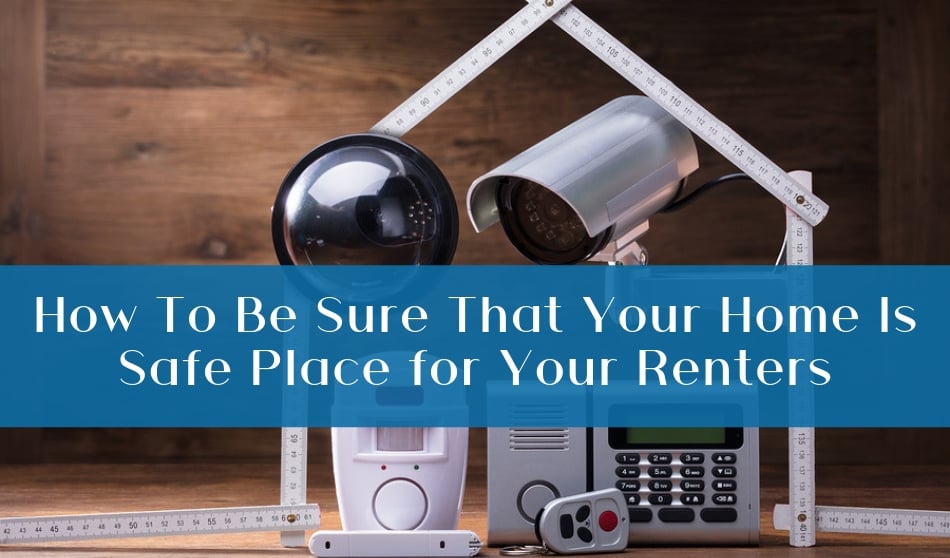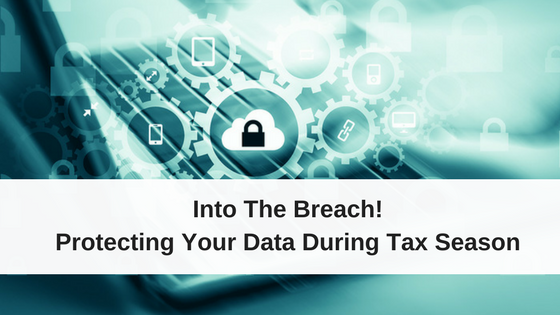
How safe is your property? As a landlord or property owner, you already know about local safety laws related to your rental. However, are you making sure your tenants are actually secure in your space?
This isn’t just about protecting your tenants, it’s about protecting your property. While, of course, you want your renters to be safe in your property, you also want your investment to be safe and not to become another victim of a property crime. While safety is something your tenants will also need to play a role in, the beginning steps start with you as the property owner.
Rental properties are actually more at risk of burglary than owned properties. This doesn’t just apply to apartment communities either. No matter where your home is located or how secure you think the neighborhood is, you’re always still at risk.
Why does it matter how safe your property is? Even if you’re not living in the space yourself, you should still care about the home or apartment’s safety. First, burglaries cause a loss of around $1 billion annually to homeowners in insurance claims. That’s an expensive burden to worry about. Additionally, these crime statistics will lower the value of your investment, and it will be a turnoff to future renters. Places that have already been targeted for crimes are more likely to become targets again.
Ultimately, it’s your responsibility to take some steps to ensure your home is a safe place for your renters. In this guide, we’ll cover the steps you need to take to keep your property and renters safe from crime.
1. Install an Alarm System
The most effective way to prevent crime in your rental property is to start with an alarm system. These can be costly and complicated, and that keeps many landlords from installing one in the first place. However, consider building the cost into your rent or adding it as an additional fee.
Yes, it costs something to get started with an alarm system, but it’s also the most effective way to protect your investment. Start by learning more about alarm systems to determine which type is best for your particular property.
2. Secure Your Doors
Aside from an alarm system, the next line of defense is your doors. You need to make sure all the entry and exit points for your home are secure and locked. Security starts with door construction. Doors that are built of heavy-duty materials like solid wood or steel are less likely to be smashed in or broken down. Always try to avoid flimsy wood doors or hollow wood doors that are easy to break.
Beyond the construction of the doors, install secure locks including deadbolt locks. Don’t just use one lock, always add an extra, preferably a double cylinder deadbolt. Chain locks are great for ensuring tenants can crack open the door without risking their security. Finally, make sure every front door has a peephole. This gives your tenant much more control over when they open the door, and they can keep an eye on any suspicious hallway or outdoor activity. Finally, always change locks between tenants.
3. Secure Your Windows
Of course, your doors aren’t the only way that crime gets into your property. Windows are often the hardest to protect since most glass is easy to break. While most thieves use the front door, windows will always be an option. A great way to prevent this is by locking all windows with added lock mechanisms.
For first-floor windows that are more at-risk, install security bars when needed. These might not be very attractive, but they’re a deterrent to criminals. Finally, add sensors on your windows that are either attached to your alarm system or some kind of an alert system.
4. Outdoor Lighting
One of the most overlooked security features is the lighting. Criminals are on the lookout for easy access. If a home is easy to get close to without being detected, it will become a target. Adding outdoor lighting that’s triggered by movement or sunset is an excellent way to keep criminals away.
The goal isn’t to make the home completely crime-proof. Rather, it’s to make sure the home isn’t an easy target in the first place. The more well-lit the home is from the outside, the better equipped it will be to keep thieves away. Don’t limit yourself to the front yard either. The side and backyard can also be a prime spot for lurking criminals.
5. Maintain the Landscape
Once again, access is one of the primary ways criminals choose their target. If the landscape of your property isn’t well maintained, it leaves a lot of places for criminals to hide. Not only that, but it gives the impression that the tenant or owner isn’t keeping a close eye on the property.
Before leasing the property, make sure the yard is in a clean, maintained state. In addition, set clear rules for how the outdoor space should be maintained to keep it secure. If possible, include some kind of ongoing maintenance plan or build this isn’t the rental price.
6. Educate Tenants
Last but not least, educate your tenants about the realities of keeping the home secure. If the tenant has never lived in this area before or has never lived alone before, they might not know the best ways to keep the property secure.
Educating your tenants about best practices when it comes to locking doors, windows, and maintaining the landscape will go a long way in avoiding crime. Safety is a two-way street.
Protect Your Investment
All of these steps will work together to protect your investment property from crime and other problems. While safety might not be something you first think of when preparing your rental for tenants, it should be a top concern.
Having a home that’s been exposed to crime will lead to problems when it comes to finding tenants and getting a return in value on your investment. What steps will you take to protect your property and your renters?





